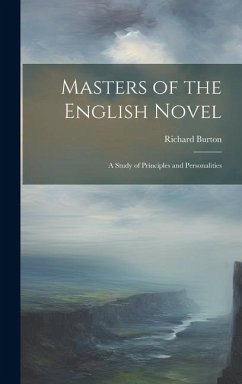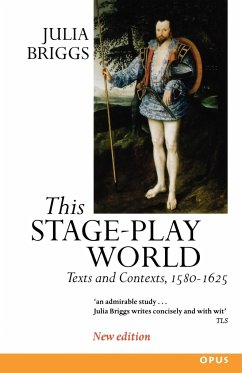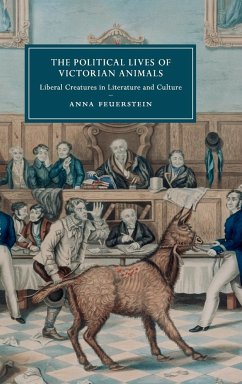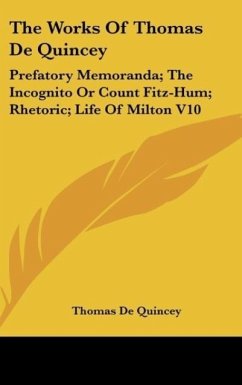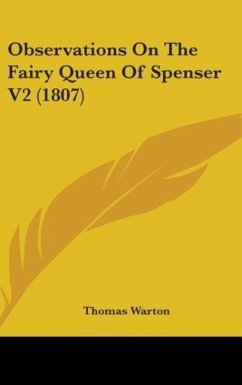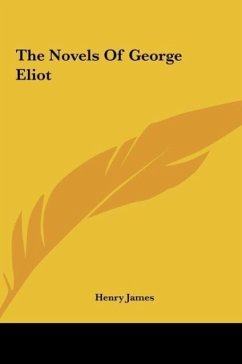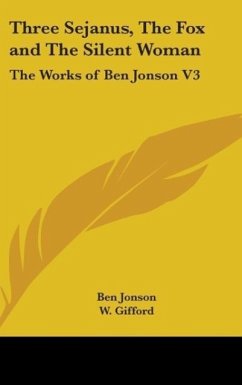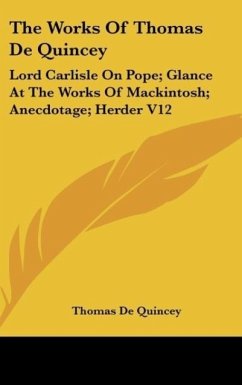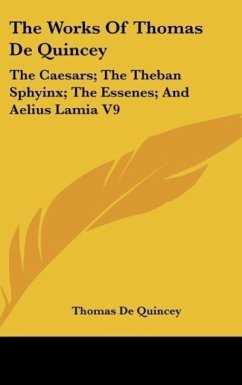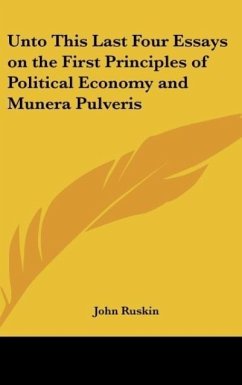
Unto This Last Four Essays on the First Principles of Political Economy and Munera Pulveris
Versandkostenfrei!
Versandfertig in 1-2 Wochen
36,99 €
inkl. MwSt.

PAYBACK Punkte
18 °P sammeln!
1851. Ruskin, the greatest Victorian bar Victoria, was an artist, scientist, poet, environmentalist, philosopher, and the preeminent art critic of his time. Ruskin's Sesame and Lilies stands as a classic 19th-century statement on the natures and duties of men and women. Contents: The Roots of Honor; The Veins of Wealth; Qui Judicatis Terram; and Ad Valorem. Munera Pulveris Contents: Definitions; Store Keeping; Coin Keeping; Commerce; Government; Mastership. See other titles by this author available from Kessinger Publishing.




